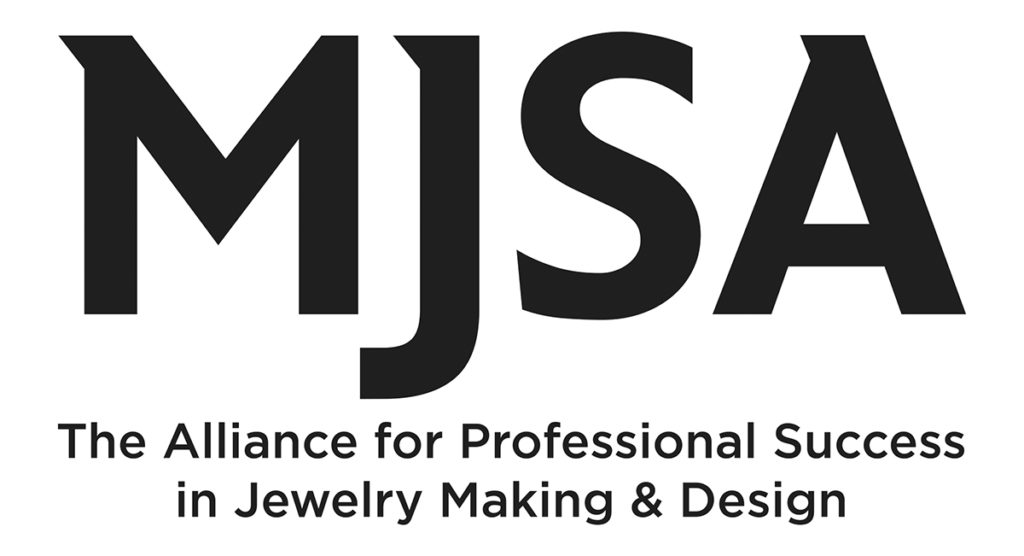Hi-Ho, Silver: Tips for Melting Silver Alloys

Sponsored Content
Silver and its alloys are extremely susceptible to problems caused by the oxygen absorbed during melting and casting. Silver can absorb up to 20 percent by volume of oxygen while it is molten, and it will release that oxygen when the cast metal cools, resulting in severe gas porosity. Copper—a component of most silver alloys—creates its own issues. Because copper oxides are stable, oxygen won’t be released as the metal cools. However, those oxides can lead to less ductile castings and a reddish-purple discoloration, known as firestain, which forms below the surface and is often revealed during polishing.
According to Jim Binnion—owner of James Binnion Metals Arts in Bellingham, Washington, and author of the MJSA Press book Jewelry Metals: A Guide to Working with Common Alloys—the best way to avoid these problems is to minimize the metal’s contact with oxygen. He offers the following tips for when you’re melting silver or its alloys with a torch.
- Use a large, bushy, slightly reducing flame that covers the metal at all times and prevents free oxygen in the air from getting to the molten metal. To achieve a flame of the appropriate size, you’ll need a torch with a large-enough single orifice or a multi-orifice tip.
- Using a one-piece or two-piece hooded crucible will greatly aid in keeping the metal constantly covered by the flame. To make a two-piece hooded crucible, take a second crucible and cut it with a diamond saw to make a matching half-lid. Cut grooves in the lid and the crucible, and then bind them together with stainless-steel wire; this will keep them in place while you melt and pour.
- You’ll also want to pre-heat the crucible before putting in the metal. Putting metal in a cold crucible extends the time needed to heat the metal and increases its exposure to oxygen, which is counterproductive. It’s very important that the crucible is sufficiently hot, so take your time. (Some casters will heat the crucible for two minutes or more before adding metal.) When the crucible is ready, add the metal to the crucible and put the flame back onto it. Do not remove the flame from the mouth of the crucible until the metal is poured into the mold. This will prevent the oxygen from getting to the molten metal. As the metal reaches its molten state, you can stir it with a graphite rod to remove any dross or foreign material that might have gotten into the melt. Do this right before you pour.
Once you’re sure the metal is completely molten, throw a pinch of flux into the crucible mouth and pour the metal into your ingot mold or mold cavity, keeping the flame on the metal. This will lead to a nice cast silver ring blank, ready to be cut off and turned into a piece of jewelry.
Note: A video of Jim Binnion performing this technique is available in the MJSA Online Library at MJSA.org and on the MJSA YouTube Channel. For more technical tips, visit MJSA Journal at mjsajournal.online

“the best way to avoid these problems is to minimize the metal’s contact with oxygen. He offers the following tips for when you’re melting silver or its alloys with a torch.”



